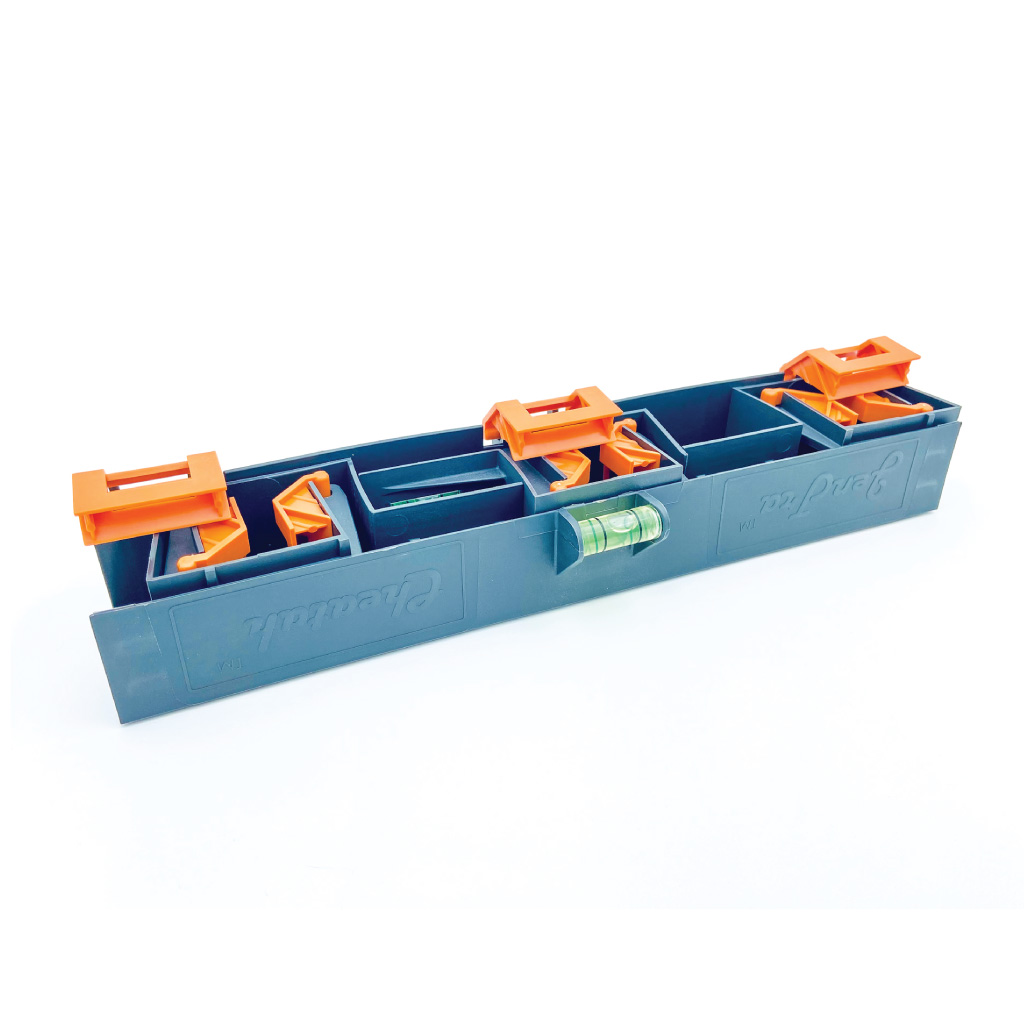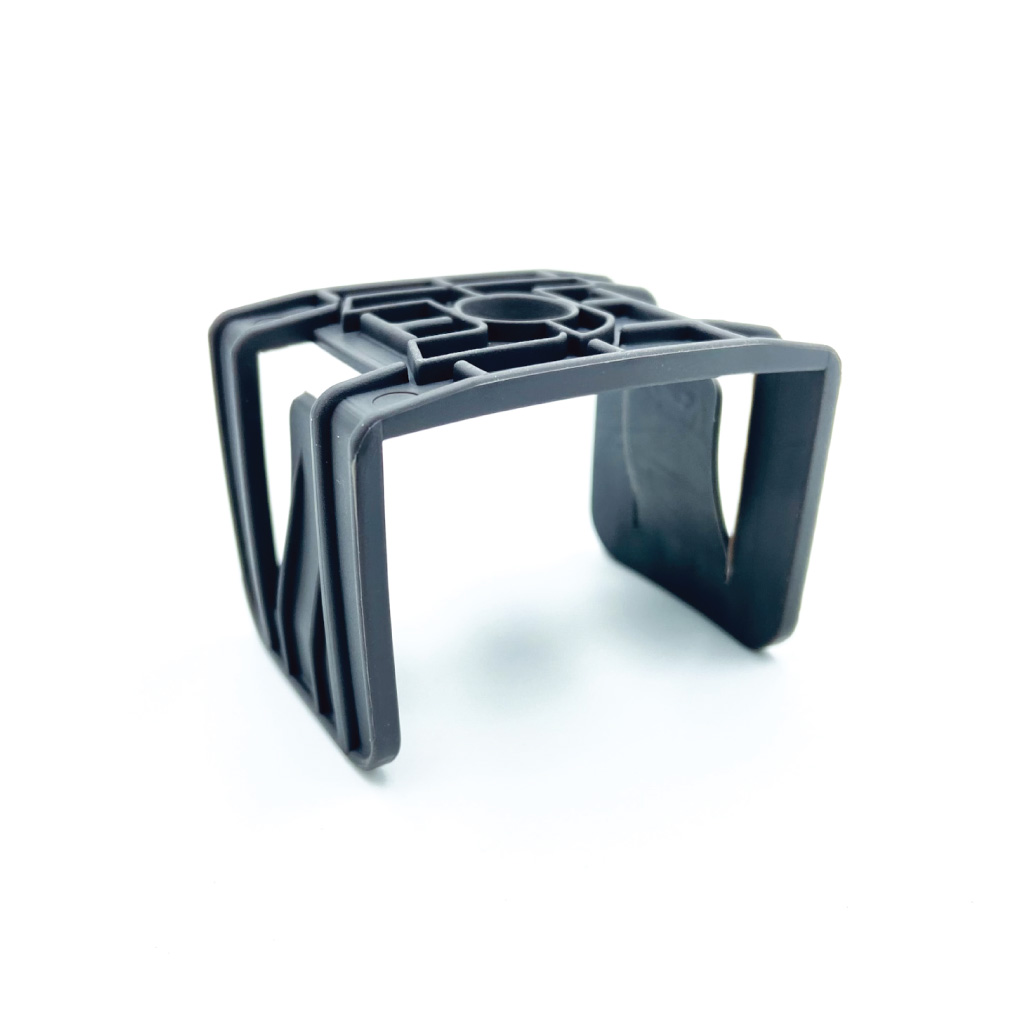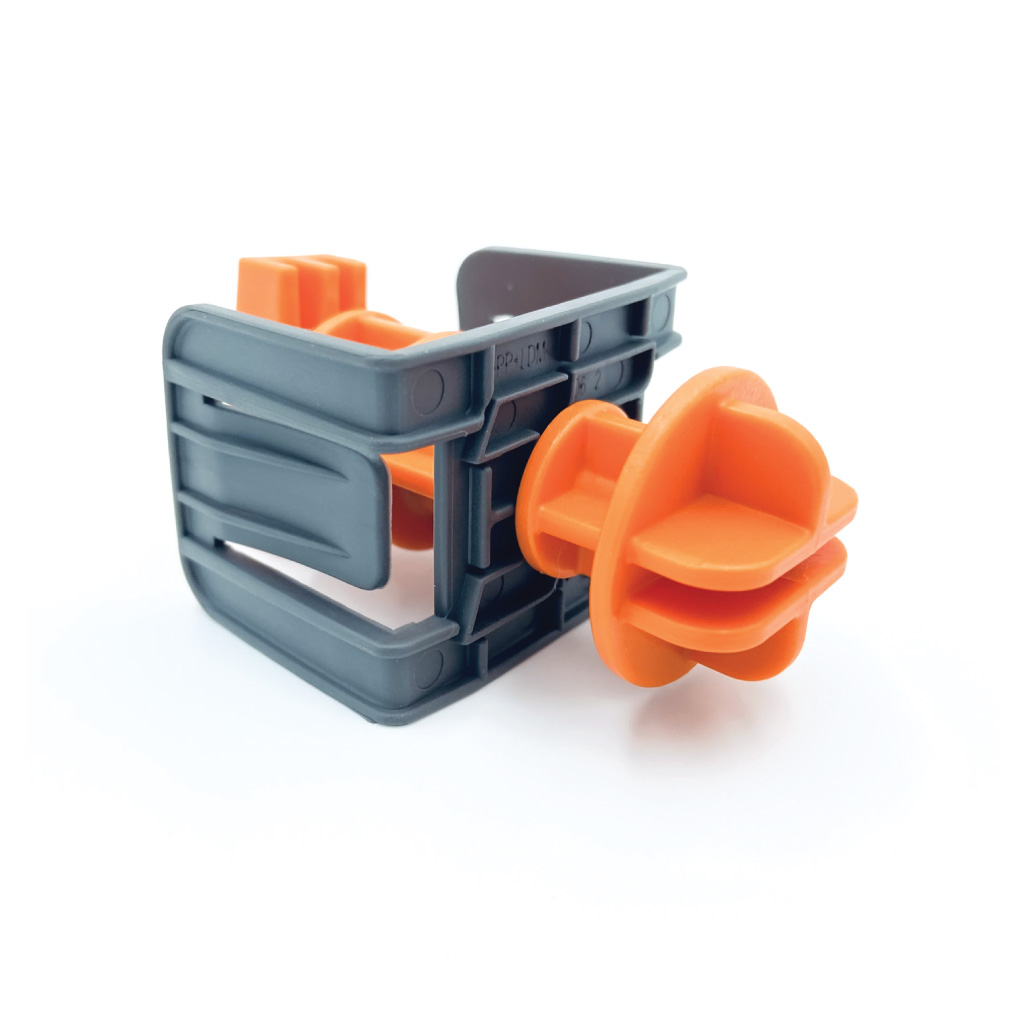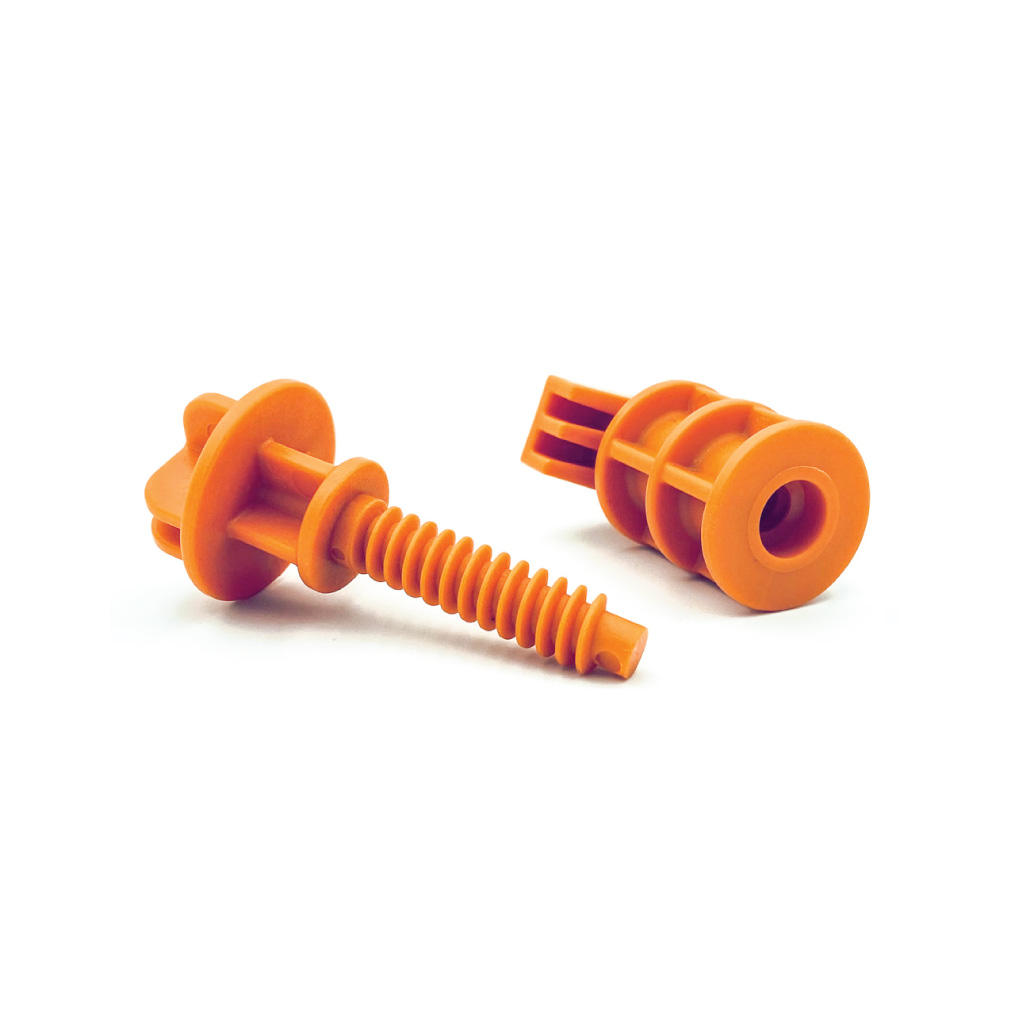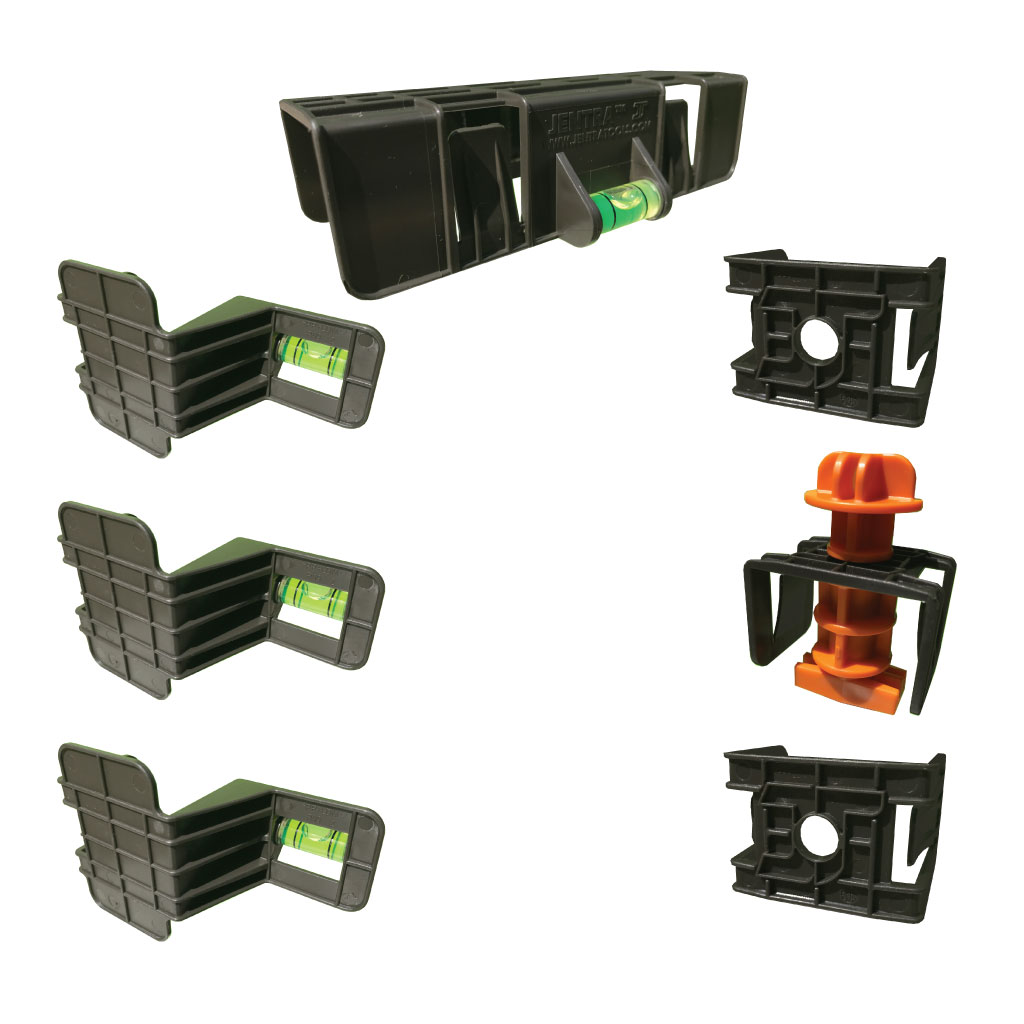My New Windows Have Water on Them!
Don’t panic – this is a very common problem in new homes and it’s easily solved once you understand what the root cause is.
Believe it or not, the new window is likely not to blame – let’s learn why:
CON-DEN-SA-TION
The definition: water which collects as droplets on a cold surface when humid air comes in contact with it.
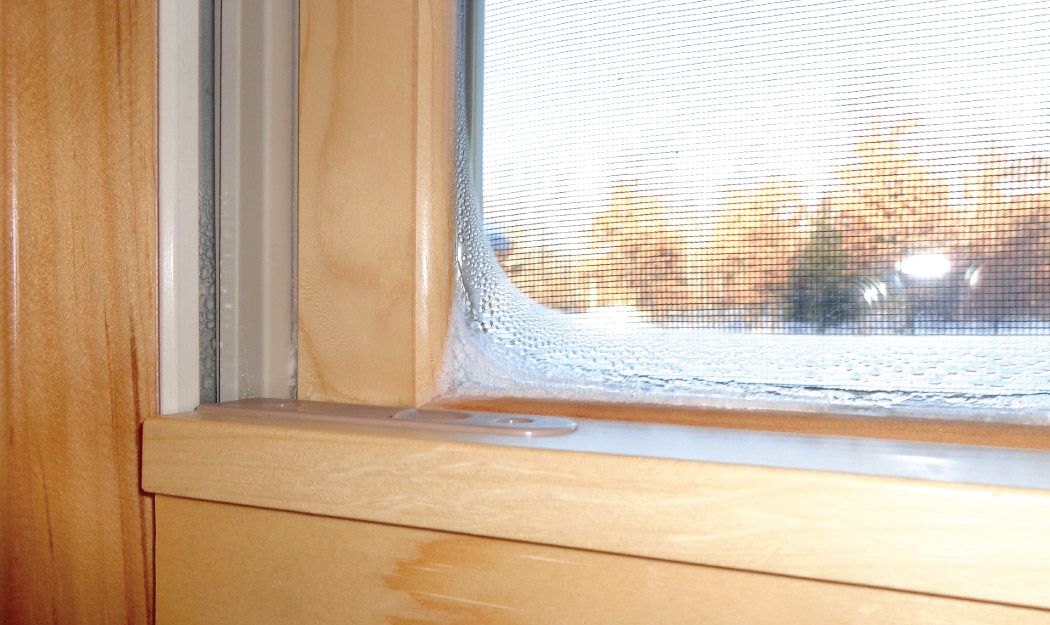
Condensation showing on the glass and metal components of a window on a cold winter day.
In simple terms, condensation is the exact opposite of evaporation. Condensation happens when the air is cooled to its dew point or becomes too saturated to hold any more water.
Since windows are typically the coldest portion of the building envelope – condensation tends to appear on window and door glass first.
DID YOU KNOW: Even the best double-glazed, insulated windows max-out with an R-Value equivalent of 4 (U-Value of .25.)
INTERIOR HUMIDITY LEVEL + LOWER GLASS TEMPERATURE
= AMOUNT OF CONDENSATION
ON A COLD WINTER DAY: moisture condensates on glass with a surface temperature of < 40° combined with interior humidity levels > 30%. (APPROXIMATE)
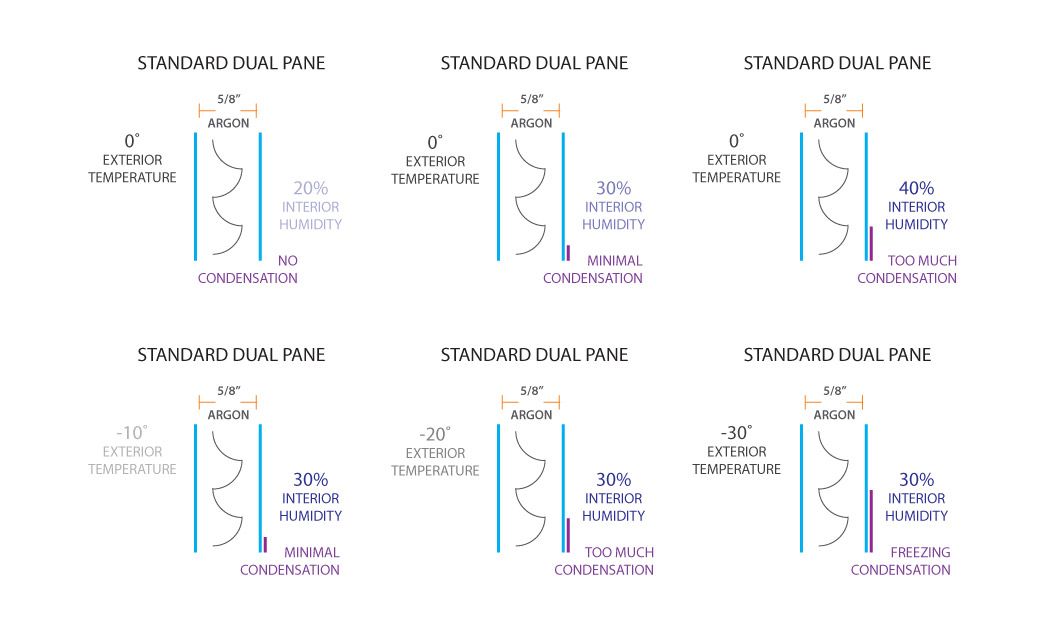
Condensation shows at the bottom of the glass-pack, because that’s where the cold settles. (hot-air rises, cold-air drops)
As you can see in the illustration above, window condensation is dependent on how low the interior glass temperature gets – combined with how high the interior humidity level is.
As the exterior temperature drops, the interior humidity level needs to drop with it to prevent condensation from forming on the glass.
Modern Homes Have Vapor Barriers
A vapor barrier is a layer of poly (plastic) sheeting that is installed and sealed underneath of the sheetrock in your home to prevent energy loss. Vapor barriers do a great job of saving energy, but their down-side is trapping excessive moisture inside of the home.
Interior moisture comes from taking showers, cooking and overall living and breathing in the home.
INTERIOR WINDOW GLASS SURFACE TEMPERATURES MAKE A DIFFERENCE
Let’s take a look at how various glass options compare when it comes to the window’s interior glass surface temperature. (APPROXIMATE)
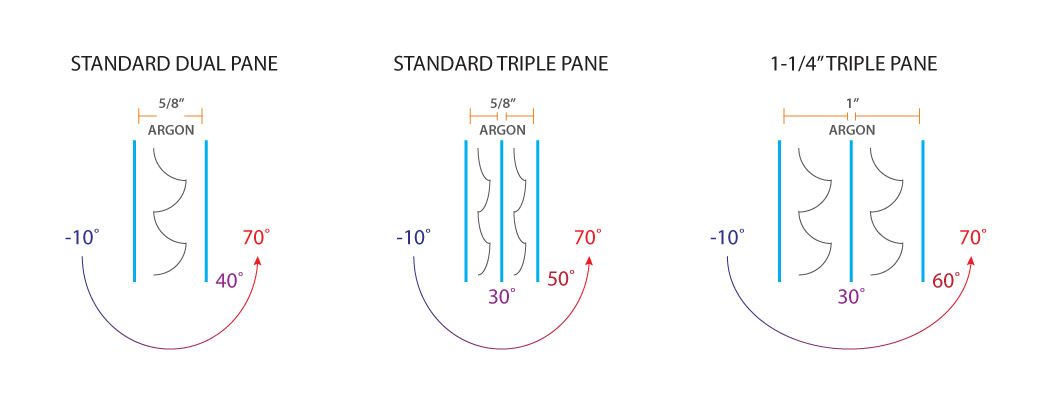
A window’s interior glass surface temperature can be as important as the window’s U-Value depending on the application
STANDARD DUAL PANE
As you can see in the picture, double-glazed insulated glass’s surface temperature can get as low as 40° on a cold day. This is cold enough to cause condensation with high interior humidity.
STANDARD TRIPLE PANE
Standard, insulated triple-glazed is a step-up from this – triple glazed glass creates another thermal-break point and carries a higher interior glass temperature than dual glazed with the same exterior temperature in place.
1-1/4” TRIPLE PANE
The best the industry has to offer – 1-.” thick triple glazed glass not only creates this second thermal break, but contains almost double the amount of insulation (Argon) over a standard unit. This again helps to warm-up the interior glass temperature and save money!
Don’t Close the Blinds all of the Way
When you pull your curtains all of the way closed, you insulate the window from the warm interior air. This allows the cold exterior air to “win the battle” and cool the glass temperature down past its dew point. You will cause extreme condensation/frost build-up on a window by doing this on a cold day.
If you want to use window coverings, be sure the get ones that allow for ventilation and do not close them all of the way shut. Leave window coverings open a few inches at the bottom and top to allow for air circulation.
GLASS CONDENSATION POINTS (APPROXIMATE)
Let’s take a look at how various glass options compare when it comes to the window’s interior glass condensation points. (APPROXIMATE)

High-Humidity Homes are NOT Energy Efficient
Water takes a lot of energy to keep up to temperature. Think about boiling water on the stove or pouring a hot bath – if the heat source is taken away, the water cools-off rapidly. Excessive interior humidity will cause your furnace to run more than it should – costing you money!
DID YOU KNOW: If you have a vapor barrier installed, you need to have an air exchange system installed or run a dehumidifier to help you control the interior humidity levels on colder days.
HIGH INTERIOR HUMIDITY CAUSES OTHER PROBLEMS
Windows are often called the “Canary in the Coal-Mine” for your new home.
If moisture is showing on your windows or doors, it is also happening in places that you cannot see – like in the attic or behind the walls. Excessive interior humidity will cause mold and mildew to form in your brand-new home!
The First Year After Construction is the Worst for Condensation
All of the materials that were used to build your new home are drying out. Imagine all of the water that was used in the concrete, paint, sheetrock, etc. and all of it needs to work it’s way out of your new home. It’s not uncommon to have window condensation during this first year as things are drying.
This Didn’t Happen at my Old House
Older houses without vapor barriers are able to “breathe” and let the interior moisture escape to the exterior. As the exterior temperature drops, so does the exterior humidity level. After all, winter is known for being “very dry.”
Older homes were simply “drier” than modern homes and there was never enough interior humidity to show on the glass. Also, modern windows are tighter than their older-drafty cousins – this causes new windows to trap the interior moisture, instead of letting it escape like before.
NOW YOU KNOW! Now that you’ve learned how condensation happens on a cold surface combined with interior humidity – you can do your part to prevent this from happening in your new home!
JENTRA™
794 32nd Ave NW
Backus, MN 56435
(855) 947-4300
sales@jentratools.com
Mon-Sat: 8am - 5pm
Categories
Services
Sign up to Our Newsletter
and Never Miss a Deal
Copyright 2021 JENTRA™. All Rights Reserved. Tools are sold under US Patents 8,677,636 and 9,482,016.
